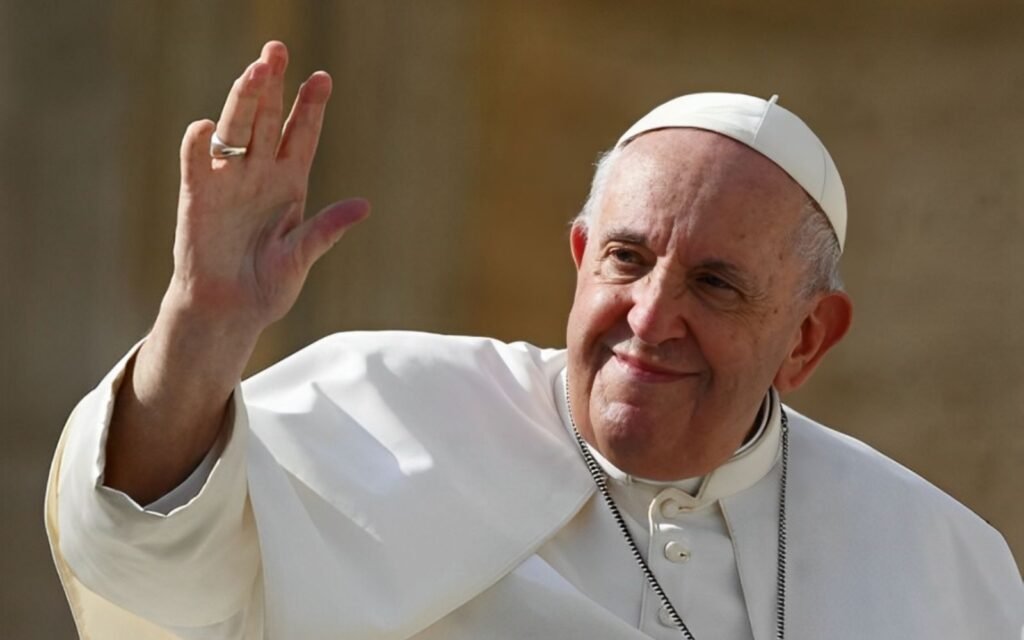The world is mourning the loss of a beloved spiritual leader. On April 21, 2025, Pope Francis’s death at the age of 88 shocked millions, following complications from double pneumonia. His death marks the end of a transformative papacy that touched countless lives with messages of compassion, humility, and reform. As the first Latin American and Jesuit pope, Pope Francis redefined what it meant to lead the Catholic Church in the 21st century. This blog explores the final days of Pope Francis, the impact of his legacy, and global reactions to his passing, offering the latest verified news and reflections on his enduring influence.
Read More: How TheJavaSea.me Sparked a Cybersecurity Storm
The End of an Era
In a historic and deeply emotional moment for Catholics around the world, Pope Francis passed away on April 21, 2025, at the age of 88. After battling double pneumonia and suffering from ongoing respiratory issues, the Pope’s health deteriorated rapidly, and he died peacefully in Vatican City surrounded by close aides and medical staff.
This marks the end of a transformative papacy—one that redefined the image of the Church, prioritized the poor and the marginalized, and embraced reform in a rapidly changing world.
A Humble Beginning
Pope Francis, born Jorge Mario Bergoglio in Buenos Aires, Argentina, was the first Latin American pope and the first Jesuit pope in history. He was elected to the papacy in 2013, following the resignation of Pope Benedict XVI—a rare event in Church history. From day one, Pope Francis brought a tone of humility, simplicity, and compassion that resonated deeply with both believers and non-believers.
His choice of the name “Francis,” in honor of St. Francis of Assisi, reflected his commitment to poverty, peace, and care for creation.
A Global Leader and Reformer
During his 12-year papacy, Pope Francis became one of the most recognizable and respected religious leaders in the world. He emphasized inclusion over condemnation, dialogue over division, and mercy over judgment. His work touched millions, regardless of religious background.
Key highlights of his papacy include:
- Environmental Advocacy: The 2015 encyclical Laudato Si’ urged humanity to combat climate change and care for our “common home.”
- Social Justice: He championed the rights of refugees, migrants, and the homeless, calling for global solidarity in times of crisis.
- Church Reform: Pope Francis took bold steps to address the clerical sexual abuse crisis, advocating for transparency, justice, and accountability.
- LGBTQ+ Dialogue: While adhering to traditional Church teachings, he famously said, “Who am I to judge?”—a statement that signaled a softer, more pastoral approach to LGBTQ+ individuals.
- Interfaith Relations: He worked tirelessly to strengthen relationships between Christians, Muslims, Jews, and other religious groups.
Final Public Appearances
Despite battling poor health in recent years, Pope Francis remained active in his papal duties until just weeks before his death. His final public appearance was on Easter Sunday, 2025, where he gave a short but heartfelt blessing from the balcony of St. Peter’s Basilica to thousands gathered in the square below.
Shortly after Easter, reports confirmed he had been hospitalized due to pneumonia. On April 20, his condition became critical, and he died early the next morning.
Global Mourning
The news of Pope Francis’s death sent shockwaves around the world. From political leaders to spiritual figures, tributes flooded in:
- U.S. Vice President J.D. Vance expressed deep sorrow, calling the Pope “a moral compass in dark times.”
- Indian Prime Minister Narendra Modi paid tribute to his humility and deep sense of service.
- French President Emmanuel Macron and European leaders hailed him as “The People’s Pope.”
- Archbishop of Canterbury Justin Welby praised his efforts in building interfaith bridges.
Around the globe, cathedrals, churches, and religious communities are holding masses, vigils, and tributes in honor of the Pope’s life and service.
A Simple and Humble Farewell
True to his wishes, Pope Francis will be given a modest funeral. In 2024, he revised the Vatican’s papal funeral rites to reflect simplicity and humility. Unlike previous popes who were buried in elaborate triple coffins within Vatican crypts, Pope Francis requested a simple wooden casket and chose to be buried at Santa Maria Maggiore Basilica in Rome—near the beloved icon of the Salus Populi Romani.
This gesture underscores his lifelong devotion to the Virgin Mary and his rejection of excess.
Addressing Fake News and Rumors
Leading up to his death, social media was awash with false reports and rumors about the Pope’s condition. Catholic leaders worldwide urged caution, asking the faithful to rely on official Vatican channels and trusted news outlets for verified updates.
Filipino priest Fr. Gregory Gaston emphasized, “Let us be responsible with the news we share. Misinformation disrespects the dignity of the Holy Father and misguides millions.”
What’s Next for the Church?
With the papal seat now vacant, the College of Cardinals will soon gather for a conclave to elect the next pope. While speculation swirls about possible successors, the legacy Pope Francis leaves behind will weigh heavily in shaping the Church’s future direction.
Whoever takes the mantle next will face the enormous responsibility of continuing Francis’s mission—balancing doctrine with compassion, tradition with change.
Final Thoughts
Pope Francis was more than a religious leader—he was a global symbol of peace, humility, and hope. In a time of social division, environmental crisis, and moral uncertainty, he remained a gentle, steady voice calling for unity, love, and action.
As the world bids farewell to this extraordinary man, his words and actions will continue to guide generations to come.

